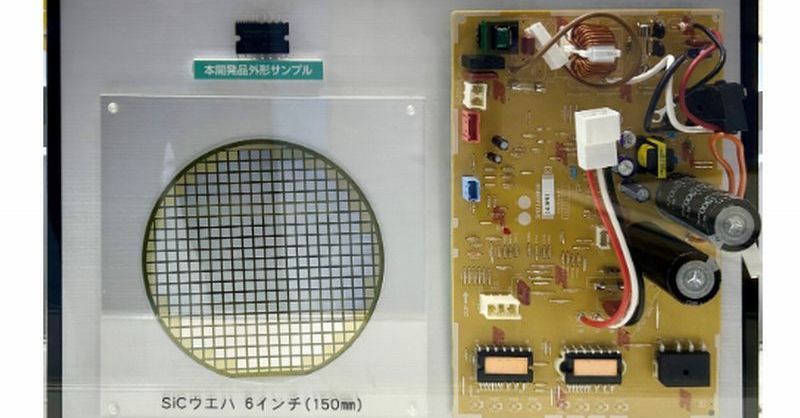SiC IPM: Revolutionizing Air Conditioner Efficiency
Air conditioners are essential for comfort in many parts of the world, but they also represent a significant energy drain. Traditional AC units often suffer from low efficiency, contributing to higher energy bills and a larger carbon footprint. However, a groundbreaking technology is poised to change all that: SiC IPM (Silicon Carbide Integrated Power Modules). This article delves into how SiC IPM is revolutionizing air conditioner efficiency, benefiting both consumers and the environment.
What is SiC IPM and How Does it Work?
Silicon Carbide (SiC) is a wide-bandgap semiconductor material offering superior properties compared to traditional silicon (Si) used in most power electronics. SiC IPMs integrate multiple power semiconductor devices, like MOSFETs (Metal-Oxide-Semiconductor Field-Effect Transistors) and diodes, onto a single substrate. This integration results in several key advantages:
- Higher Efficiency: SiC MOSFETs boast significantly lower on-resistance and switching losses compared to Si MOSFETs. This translates directly to less energy wasted as heat, leading to higher overall efficiency in the air conditioner.
- Smaller Size and Weight: The integrated design of SiC IPMs allows for a more compact and lightweight power module, simplifying the design and manufacturing of air conditioners.
- Improved Reliability: SiC's inherent robustness contributes to a longer lifespan and greater reliability of the AC unit, reducing maintenance costs and downtime.
- Faster Switching Speeds: SiC devices switch on and off much faster than silicon-based components. This allows for more precise control over the compressor and other components, leading to improved performance and energy savings.
Comparing SiC IPM to Traditional AC Technology
| Feature | SiC IPM | Traditional Si-based AC |
|---|---|---|
| Efficiency | Significantly Higher | Lower |
| Size & Weight | Smaller and Lighter | Larger and Heavier |
| Reliability | Higher | Lower |
| Cost | Currently Higher (but decreasing) | Lower |
| Environmental Impact | Lower Carbon Footprint | Higher Carbon Footprint |
The Environmental Benefits of SiC IPM in Air Conditioners
The widespread adoption of SiC IPM technology in air conditioners will have a substantial positive impact on the environment:
- Reduced Greenhouse Gas Emissions: Higher efficiency translates directly to reduced energy consumption, leading to lower greenhouse gas emissions from power plants.
- Decreased Energy Demand: Lower energy demand eases the strain on power grids, reducing the need for new power plants and infrastructure.
- Improved Air Quality: Less energy consumption means fewer pollutants released into the atmosphere.
The Future of SiC IPM in Cooling Systems
While the initial cost of SiC IPM-based air conditioners might be higher than their silicon-based counterparts, the long-term benefits in terms of energy savings and reduced environmental impact make it a compelling investment. As manufacturing scales up, the cost of SiC IPMs is expected to decrease significantly, making them a more accessible and attractive option for consumers. We are likely to see wider adoption across various cooling applications, including:
- Residential Air Conditioners: Making home cooling more efficient and sustainable.
- Commercial HVAC Systems: Reducing energy consumption in large buildings and offices.
- Automotive Climate Control: Improving fuel efficiency and reducing emissions in vehicles.
Conclusion: A Cooler, Greener Future
SiC IPM technology represents a significant advancement in power electronics, with the potential to revolutionize the air conditioning industry. By offering superior efficiency, reliability, and a smaller environmental footprint, SiC IPM is paving the way for a cooler and greener future. The ongoing research and development in this field ensures that we can expect even further improvements and wider accessibility of this beneficial technology in the years to come. Learn more about the latest advancements in energy-efficient cooling by following industry experts and researching sustainable technology developments.
